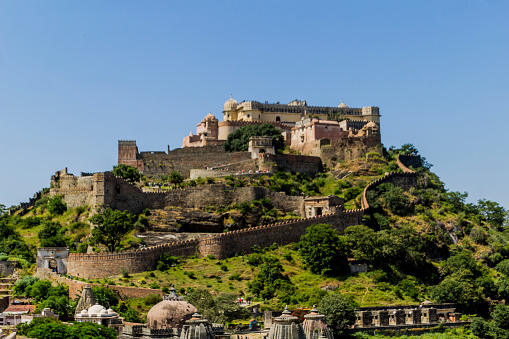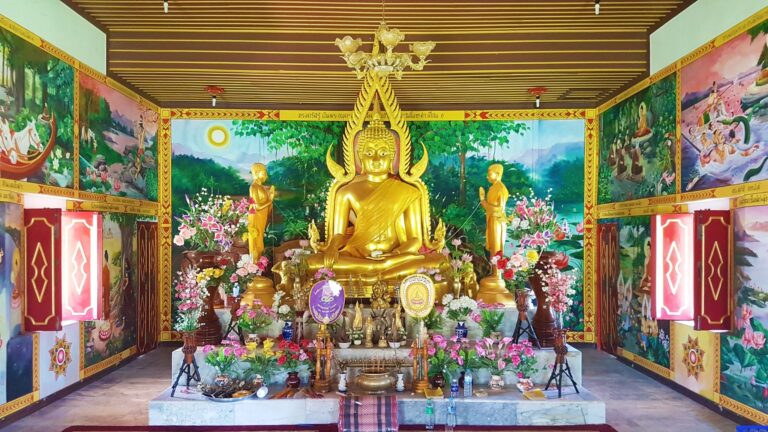The popular hill town Mussorie located in the Indian state of Uttarakhand. This town is well-known for its picturesque surroundings, breath-taking views, and the temperate climate that draws visitors from throughout the nation. The colonial architecture and history of Mussorie are also well-known, and it can still be seen in many areas of the city. The colonial architecture of Mussorie and its significance will be discussed in this blog.
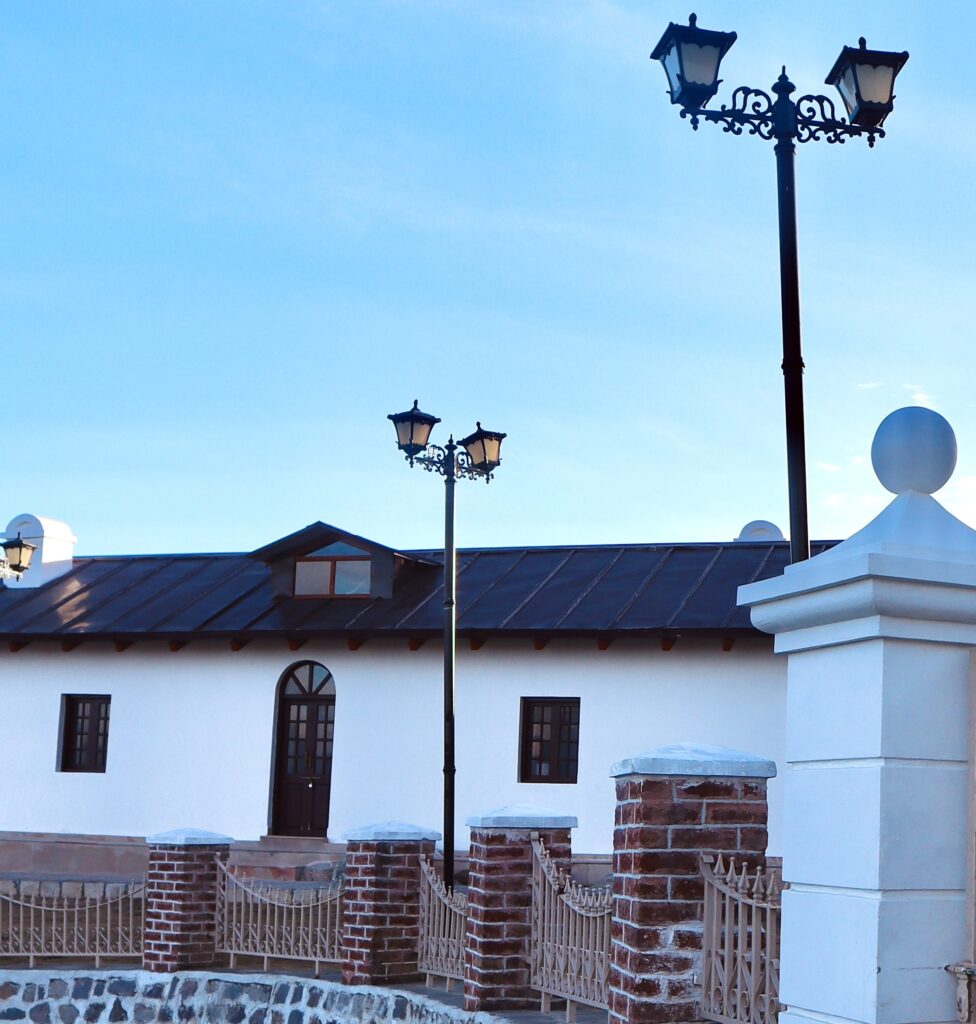
During the colonial era, the British established Mussorie as a highland station. Captain Young, a British East India Company officer, founded the settlement in 1823. Initially a small hamlet utilised as a military fortress, Mussorie quickly gained popularity as a getaway for British officials seeking relief from the humid and scorching temperature of the plains.
The colonial buildings in Mussorie are evidence of the town’s past and its ties to the British Empire. There are several colonial-style buildings in the town, and they all have a unique appeal. Mussorie’s architecture is distinctive and fascinating because it combines influences from Britain, India, and the local area.
The Christ Church is among Mussorie’s most notable colonial architectural examples. One of the first churches to be erected in North India, this one was constructed in 1836. The church is constructed of local sandstone and features a neo-gothic design. Beautiful stained glass windows can be found inside the church, and local artists created the wooden canopy above the altar. The Christ Church continues to be utilised for regular Sunday services and is a well-liked tourist destination.
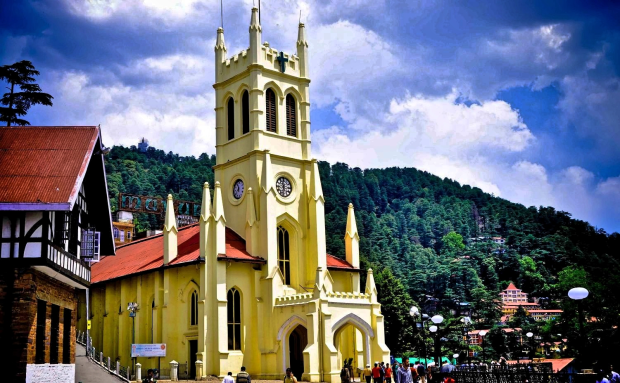
Image Credits: The Christ Church Mussorie
The Mussoorie Library is yet another well-liked Mussorie attraction. One of the first libraries in India, this one was founded in 1843. A colonial-style building that was built in 1903 houses the library. The structure has a very British architectural style, and wooden furniture and panelling are used throughout the interiors. For book lovers, the library is a must-visit location because of its extensive collection of books, which includes rare manuscripts.
Another well-known example of colonial architecture in Mussorie is the Savoy Hotel. The hotel was the town’s first opulent hotel when it was constructed in 1902. Mahatma Gandhi and Jawaharlal Nehru were among the prominent people to stay at the hotel, which has a distinctive colonial architecture. Despite numerous renovations throughout the years, the hotel has kept its beauty and charm.
In Mussorie, another noteworthy example of colonial architecture is the Kellogg Memorial Church. A missionary who spent several years in India, Dr. Samuel H. Kellogg, inspired the construction of the church in 1903. The church’s distinctive architecture blends Indian and British design elements. Beautiful murals and stained glass windows grace the church’s interior, while local artisans hand-carved a wooden canopy for the altar.
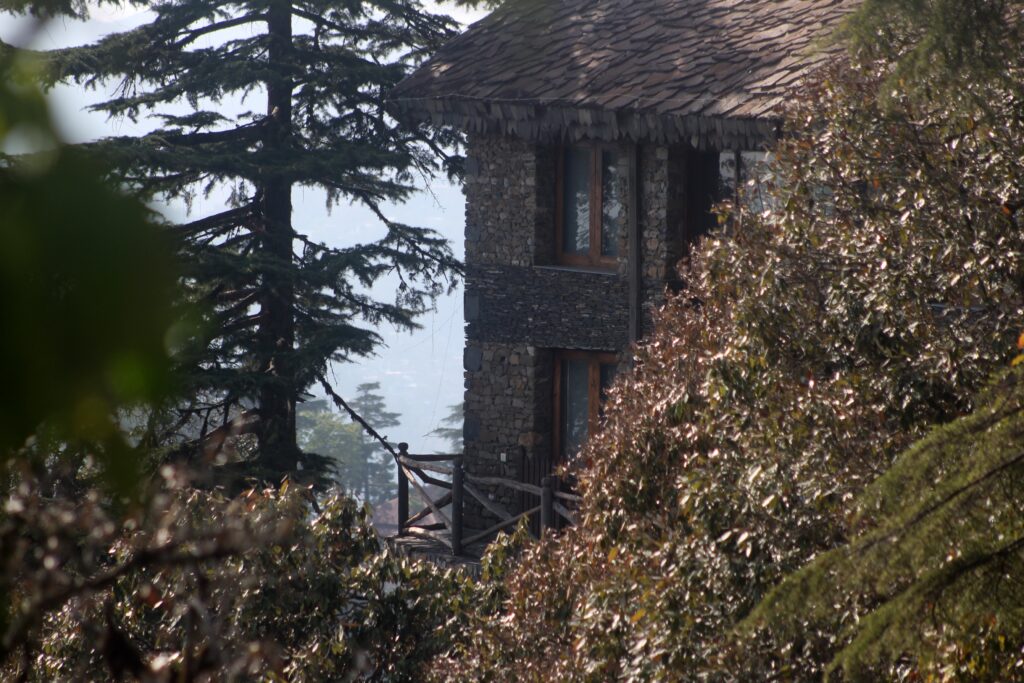
The colonial buildings in Mussorie are evidence of the town’s lengthy history and ties to the British Empire. The town’s architecture is distinctive and fascinating since it combines British, Indian, and local elements. Mussorie’s colonial structures serve as both tourist attractions and reminders of the town’s historical and cultural history. If you’re going to Mussorie, make sure to look around the colonial buildings and take in the town’s distinct charm.
Escape to Mussoorie’s serene highlands and stay at Tree of Life – Highlands Resort for the height of luxury Resort in Mussoorie Take in the delicious local cuisine, take in the beautiful views of the towering mountains, and enjoy the resort’s colonial charm. To make experiences that will last a lifetime, reserve your stay right away.


